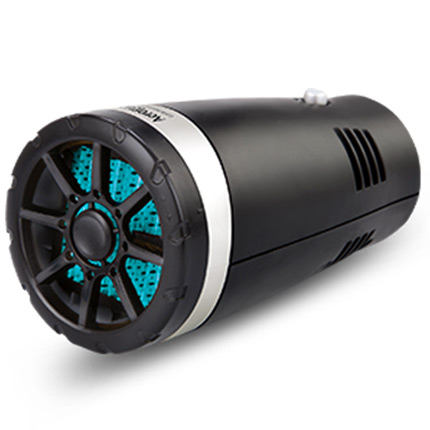automatic shift cable
Understanding Automatic Shift Cables Function, Importance, and Maintenance
Automatic shift cables are a crucial component in modern vehicles, enabling the smooth transition of gears within the automatic transmission system. These cables serve as the link between the gear shift lever located in the vehicle's cabin and the transmission itself, facilitating driver control over gear changes without the need for manual clutch operation.
Function of Automatic Shift Cables
The primary function of automatic shift cables is to transfer the driver’s input from the gear shifter to the transmission. When a driver moves the gear shift, the shift cable relays this motion to the transmission control unit. This mechanism activates various internal components of the transmission, allowing for seamless shifts between gears whether going forward or in reverse.
The shift cable operates through a system of pulleys and levers, converting linear motion from the gear lever into the rotary motion needed to engage different gears. This function is not merely about enabling the gears to shift; it critically influences vehicle performance, responsiveness, and overall driving experience.
Importance of Automatic Shift Cables
The significance of automatic shift cables cannot be overstated. They play a pivotal role in ensuring safe and efficient vehicle operation. A malfunctioning shift cable can lead to various issues, such as difficulty in changing gears, unintended gear engagement, or even complete transmission failure.
Moreover, the reliability of automatic shift cables is integral to a driver’s safety
. Consistent, reliable gear shifts contribute to better acceleration, handling, and braking responsiveness, making them essential for effective vehicle control. In scenarios where precise shifts are critical—such as during overtaking or navigating steep inclines—any degradation in cable performance could lead to hazardous situations.automatic shift cable

Signs of Wear or Damage
Like any mechanical component, automatic shift cables are subject to wear and tear. Drivers should be aware of several warning signs indicating potential issues with the shift cable. Symptoms such as difficulty in moving the gear shift, unusual noises during gear changes, or a lack of response from the transmission can signal that the cable needs inspection or replacement.
Additionally, physical damage to the cable, such as fraying or cracking, should not be ignored. Regular maintenance checks can help identify these issues early, preventing more severe problems and costly repairs down the line.
Maintenance and Replacement
Maintaining automatic shift cables is essential for ensuring their longevity and functionality. Regular inspections, especially during routine vehicle maintenance, can help spot wear before it leads to significant problems. It’s recommended to check the cable for any signs of damage, ensure that the connectors are secure, and verify there isn't excessive slack in the line.
If wear or damage is detected, replacing the shift cable is often necessary. Although this may seem daunting, it typically falls within the capabilities of a knowledgeable DIYer with proper tools. However, for those less experienced, seeking assistance from a professional mechanic is advisable.
Conclusion
In summary, automatic shift cables are integral to the operation of modern automatic transmissions, enabling smooth gear shifts that are vital for vehicle performance and driver safety. Understanding their function, monitoring for signs of wear, and engaging in proper maintenance are critical steps every vehicle owner should prioritize. By doing so, drivers can ensure their vehicles remain safe, responsive, and enjoyable to drive.
-
Workings of Clutch Pipe and Hose SystemsNewsJun.04,2025
-
The Inner Workings of Hand Brake Cable SystemsNewsJun.04,2025
-
The Secrets of Throttle and Accelerator CablesNewsJun.04,2025
-
The Hidden Lifeline of Your Transmission Gear Shift CablesNewsJun.04,2025
-
Demystifying Gear Cables and Shift LinkagesNewsJun.04,2025
-
Decoding Clutch Line Systems A Comprehensive GuideNewsJun.04,2025
